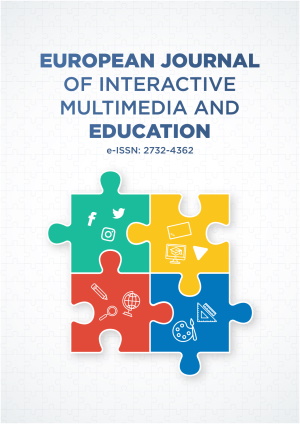Abstract
This study explores teachers’ perceptions, experiences, and challenges on teens ages 12-14 years old who have reported online insecurity issues in Kenya. The study recognizes that teachers have increased pressure to teach learners digital skills and manage their online and offline lives. Although much of the online insecurity discourse is children centric, little is known about the teacher’s experiences when tackling teen’s online safety issues. Outside the minimal discussion, an inferential approach towards the demarcation of online insecurity is reached that is coined on the professed notion of internet safety. Data was generated using an in-depth interview with respective teachers, Guidance & counseling, ICT teachers, and school principal. A total of twenty-three participants were recruited who qualified for the study inclusion criteria. A qualitative intrinsic case study was employed, and data analyzed thematically. The findings from the study revealed that teachers lack online safety competency skills to protect teens. Therefore, they depend on the very learners they are supposed to protect to teach them to navigate digital platforms. It is imperative to integrate online digital insecurity in the Kenya curriculum to develop workable frameworks to support teens who have encountered troubles on the internet. The study recommends effective digital literacy instruction intervention for teachers to support the children in the online space effectively. Additionally, in-depth research exploring parents’ responses to online challenges while protecting children is a gap that needs to be filled.
License
This is an open access article distributed under the Creative Commons Attribution License which permits unrestricted use, distribution, and reproduction in any medium, provided the original work is properly cited.
Article Type: Research Article
EUR J INTERACT MULTIMED ED, Volume 2, Issue 1, January 2021, Article No: e02102
https://doi.org/10.30935/ejimed/9360
Publication date: 03 Jan 2021
Article Views: 2315
Article Downloads: 2956
Open Access References How to cite this article
 Full Text (PDF)
Full Text (PDF)